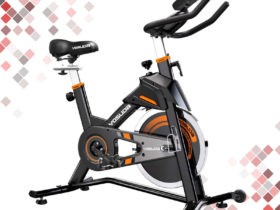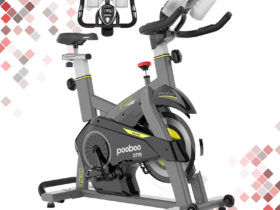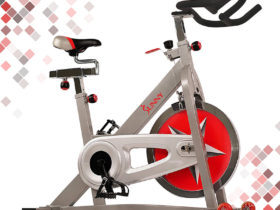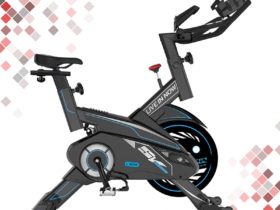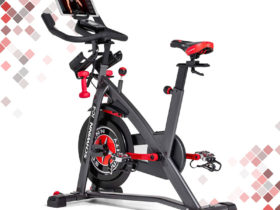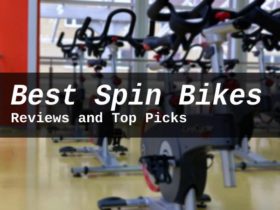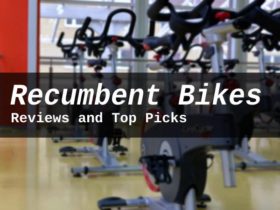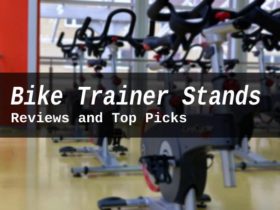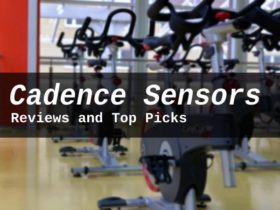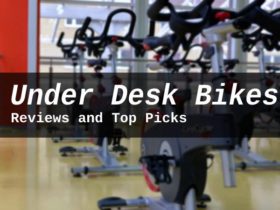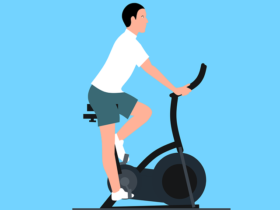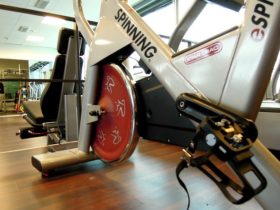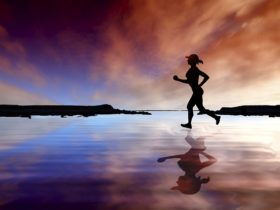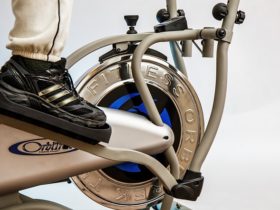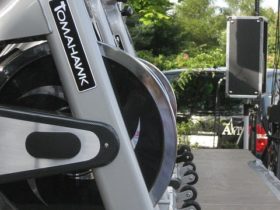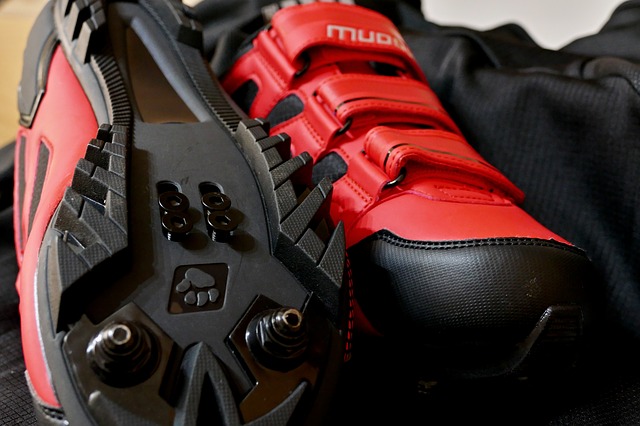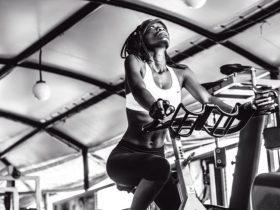Spinning shoes are of the best-kept secrets in the world of spin bikes. Spinning shoes dictate how much and how fast energy would be transferred from your leg muscles to the pedal. This can be as critical in deciding the winner of Tour de France as it can be in ensuring that you get all of the benefits of using a spin bike. As any athlete will tell you, there is no one shoe that fits all bikes since the spin shoe cleat and the pedal must be compatible. Here are some basic tenets that one should keep in mind when choosing spinning shoes. Proper fitting spin shoes will help obtain the best results from your workouts on the spin bike.
Spinning Shoe Size and Breathability
Because spinning demands rapid movement without high impact, the excessive tightness of some of the common running shoes is not desirable here. Instead, the shoe should fit snugly with just enough room for the toes to wiggle when the laces are done at normal tightness. For this reason, many trainers suggest that users purchase shoes that are one half to a whole size larger than what they would normally wear. Shoes should also be good enough for the person to walk about normally. So, choosing an excessively large size is not desirable.
Choosing a slightly larger size, on the other hand, also aids breathability. Breathability refers to the ability of the shoe to remove sweat and odor from the surface of the foot while allowing a little air to circulate around the foot. If the shoe is slightly large, it creates a minimal space around the foot that allows for quick removal of odor and sweat.
Such removal, of course, must be done by the fabric itself. While there is no single fabric that is more breathable than others, generally nylon mesh provides a decent amount of breathability.
Cleats: LOOK vs SPD
Cleats refer to attachments that interface between the shoe and the pedal. They allow the user to transfer energy onto the pedal quickly and efficiently. While it is entirely possible to carry out spinning classes with normal shoes, many spinners are shifting to special cycling shoes made for cleats. These cleats on the spin shoe must match the pedal. Since both the pedal and the shoe can be changed, we shall assume that the shoe will decide the type of pedal and not the other way around.
Cleats can be of two types – LOOK or SPD. Let us take a more careful look at each of them:
LOOK: Used more in road bikes than the best spin bikes, LOOK is known for being more stable and secure of the two. It generally requires shoes with protruding soles. And this may make normal walking difficult and slippery using these shoes.
SPD: More common among spin bikes, SPD comes with recessed cleats that make walking easier. These cleats are screwed onto the shoe using screws generally provided with the cleat. This can be done with the correct tools. Beginners may prefer to have these fitted by a bike shop. This makes SPD a slightly more complicated choice for home use. But the effort is worth it.
If you’re looking to buy shoes as part of following up on a spinning class, you may want to talk to your trainer to decide which cleat variant to get. The spin bikes in the class may only be compatible with one of the two cleat types.
Spinning Shoe Soles
Whether you decide to use specific spinning shoes or go for normal sports shoes, it is vital that the sole of the shoe be stiff. A stiff sole ensures that there is minimal curling or folding of the shoe and all your leg energy is transferred to the pedals. Since folding/curling can lead to waste of energy and poor foot-pedal contact, a hard sole is necessary for maximum energy transfer.
Further, one should avoid soles that are too thick as this would increase the distance between the foot and the pedal. Thin soles with adequate reinforcement (to guard against wear and tear) are thus the best option for any wondering how to choose spinning shoes.
Socks or No Socks with Spin Shoes?
Like the shoe itself, the sock also needs to be comfortable without being too thick or too soft. Ideally, the sock should be reinforced at the toes and heels so as to protect against excess wear and tear. Such reinforcement would also ensure that the slight movement of the foot inside the shoe does not lead to any major dislocation of the foot.
Furthermore, the fabric should be such that moisture is easily removed from the skin. Stagnant moisture on the skin leads to an increased risk of skin problems like blisters, rashes, skin irritation, etc. Skin problems aside, moisture buildup can lead to excess friction between the foot and the sock/shoe. With cycling being a fast-paced affair, such disruption can even lead to injuries.
Conclusion
While we have assumed that the choice of spinning shoe would decide the choice of pedals, usually the pedal has already been chosen. Sometimes spinning classes have their own rules regarding the shoes and socks to be worn and the type of cleats to be used. It is important to ensure that you check with the gym or user manual before investing in any shoes. On the other hand, comfort is equally important. If you find that the shoes recommended by the manufacturer or instructor don’t fit you well, you may want to go through the above spinning shoe guide. Once the question of compatibility has been solved, there will be little standing between you and the perfect spinning workout.


